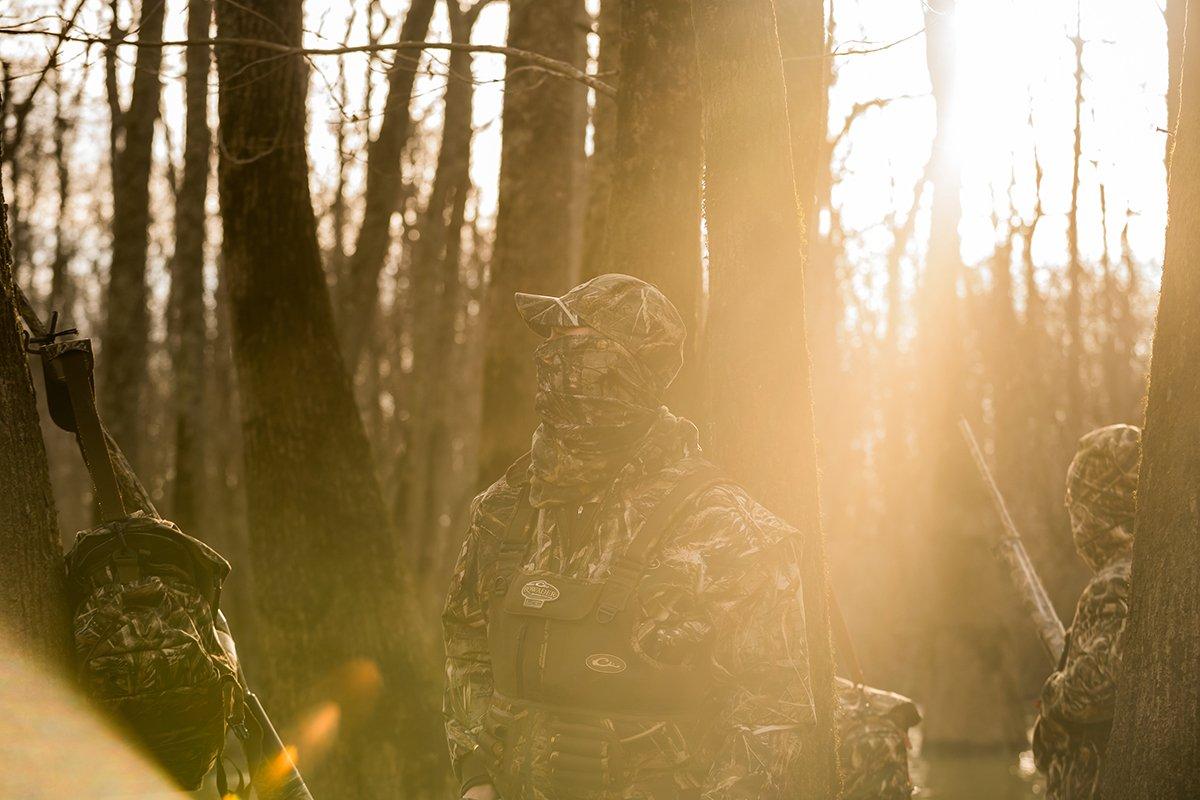These Tried-and-True Methods Still Pay Dividends
Old-timers love to give advice, and why not? After all, they've been around longer than most of us, and maybe they figure it's part of their civic duty to pass on wisdom.
Of course, if you're not an old-timer, you often ignore guidance handed down by elders. But when it comes to waterfowl hunting, that can be a mistake. In fact, some of the best tips I've received came from guys who started hunting with lead shot and wooden decoys. Here are some highlights.
Click here for more Realtree waterfowl hunting content. And check us out on Facebook.

Rigging decoys is pretty straightforward (provided you use the requisite bowline knot, of course). However, many folks often neglect to rig at least a few blocks with the cord tied to the back of the keel, not the front. That way, the decoy will ‚ duh ‚ face opposite of your other blocks, giving your rig the natural appearance of ducks swimming or feeding in several directions. Remember, ducks in a flock typically only face the same direction if they're swimming away from something or ready to take flight.
Photo © Craig Watson

Old-timers wanted mallards and geese with their feet down and wings back before shooting. But when it came to sneaky wood ducksthey didn't wait. When a woodie is in range ‚ no matter if it's streaking past your spread or zipping overhead ‚ it's time to shoot. Those speedy birds generally have a destination in mind and won't swing back for a better opportunity. That's why you'll hear some old-timers say, Take 'em as they're already rising and swinging on a woodrow.
Photo © Craig Watson

Or rather, keep the darn sun at your back or at least off one shoulder so it's shining in the eyes of approaching birds and creates shadows that help hide you. This is Hunting 101, of course, and it applies to everything from ducks to deer to turkeys and predators. So why do I see so many gung-ho kids race to a spot and then set up with the rising sun glaring off their faces? Which leads me to my next old-timer tip … .
Photo © Craig Watson

OK, most youngsters have this covered (get it?), as face paint is all the rage with the 20-something bushy-beard crowd. Well, old-timers would approve. Oh, they probably wore a facemask or used toned-down face paint, but they still knew the value of keeping your beaming face hidden from sharp-eyed ducks and geese. Sure, they might chuckle at your Sting or Ultimate Warrior look, but they'd get it.
Photo © Craig Watson

Many old-timers used coot decoys to lure pressured ducks. You don't see too many folks do that nowadays, which is puzzling, because pressure in many areas has never been higher. Bottom line: A mass of coot decoys set in a loose raft looks like a secure feeding area to ducks. Divers love to land with mudhens. Mallards, too. Throw in a few greenhead blocks or a can decoy if it makes you feel good. But when ducks get stale, emphasize something different and secure, like a big blob of coots.
Photo © Bill Konway

Here's the best piece of advice I received from an old hunter: When the weather is poor, ducks are stale or hunting is otherwise slow, resist temptation to quit early or cancel planned trips. Instead, do the opposite. Hunt longer. Scout harder. Do your best to wring everything possible from slow periods. You'll certainly kill more ducks than the guy who catches up on sleep or leaves at 8 a.m. for breakfast. And when the flight finally arrives, you'll be on the water or in a field waiting and battle-tested.
Photo © Tom Rassuchine






